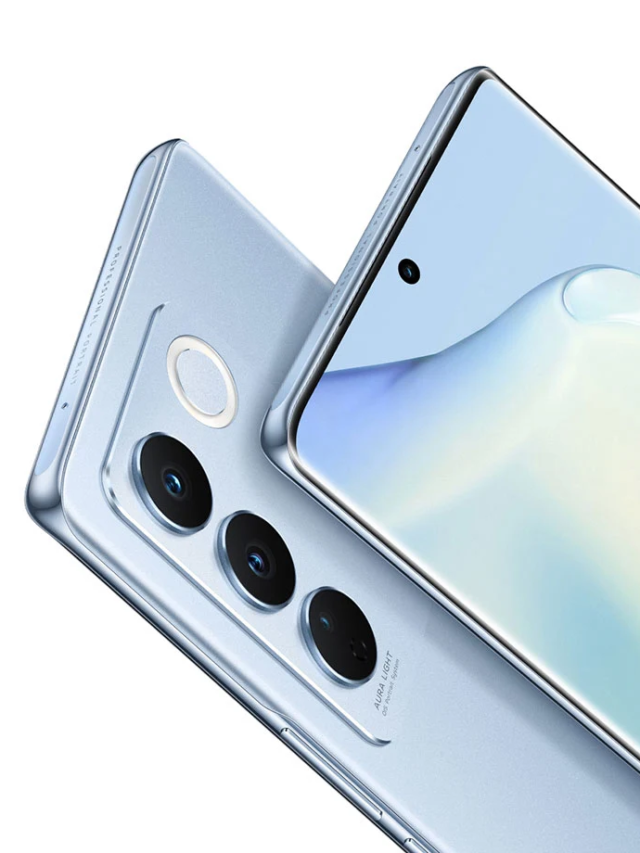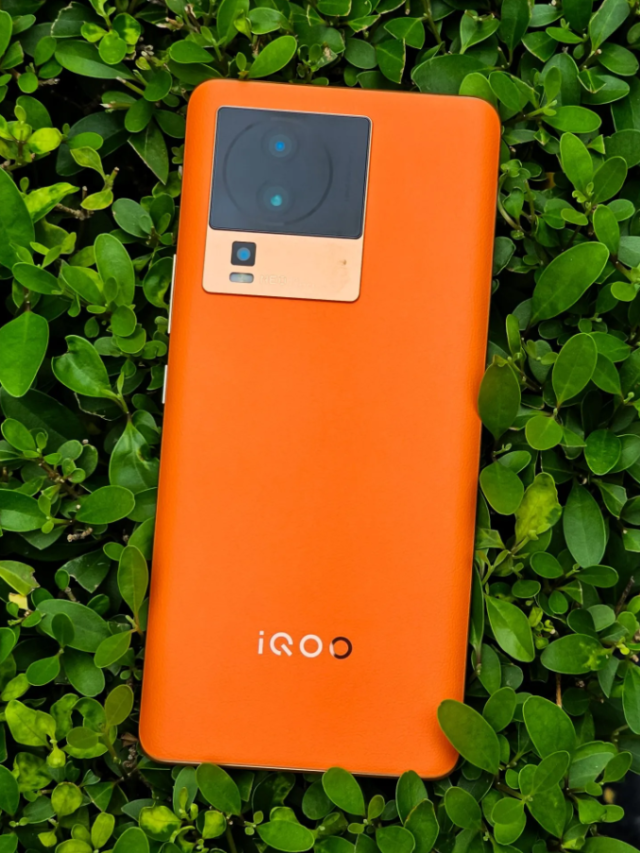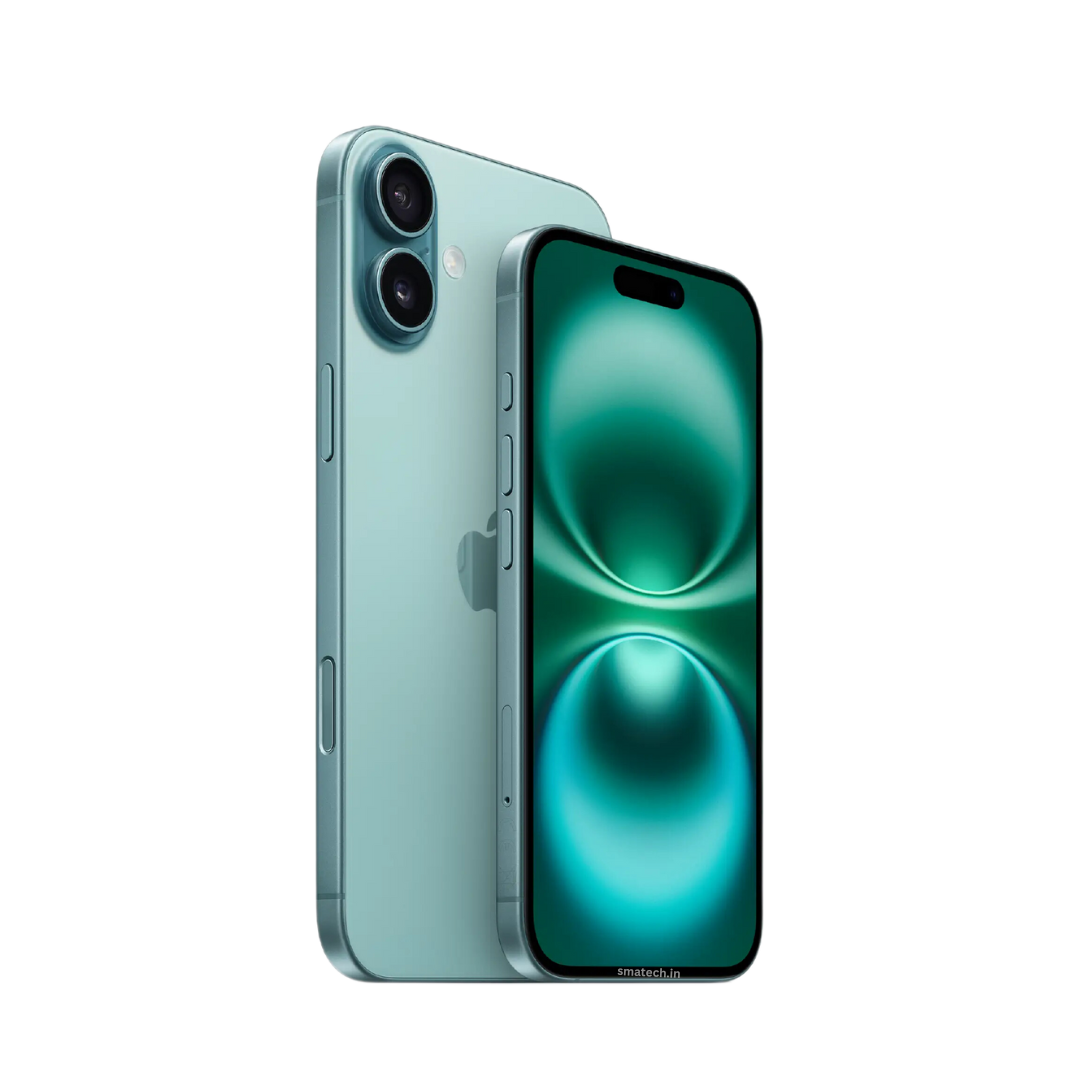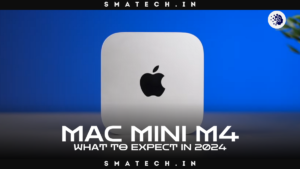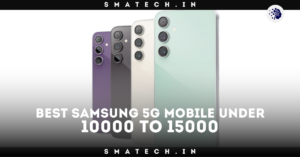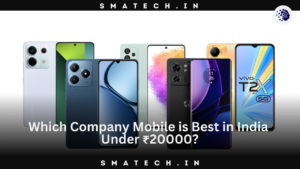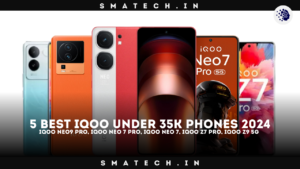The worldwide smartphone market is undergoing an unparalleled shift characterised by constant expansion and innovation. Despite economic uncertainty, we have seen incredible growth in smartphone shipments over the last five quarters. Smartphone market trends indicate a promising future in which consumer demand in 2024 and state-of-the-art smartphone innovations are anticipated to fuel additional growth. Let’s examine the major variables that have shaped this incredible trend in detail, including next-generation mobile technology, global smartphone market forecasts, and the rise of industry leaders like Infinix.
The Resilience of the Global Smartphone Market
The smartphone market has recovered more strongly than before despite encountering various difficulties during the pandemic. Global tech resilience is leading the way in 2024 as companies adjust to shifting customer tastes and supply chain interruptions. Smartphone shipments have not only recovered but have surpassed pre-pandemic levels, according to the IDC Q2 2024 report. The need for next-gen mobile technology, such as 5G networks, AI integration, and improved user experiences, is fuelling this rebound.
Global tech innovations have also rekindled customer interest in products like foldable phones, sophisticated cameras, and longer battery lives. The smartphone market trends suggest that as time goes on, the industry will rise due to a steady stream of new models and innovative features.
Q2 2024 Smartphone Insights: A Detailed Analysis
The smartphone market experienced impressive growth in the second quarter of 2024. Infinix was a notable performer that achieved a substantial market share due to its dedication to product innovation. This expansion was also facilitated by other well-known manufacturers, but Infinix stood out for its ability to provide high-performing smartphones at affordable costs.
As per the IDC Q2 2024 report, there was a 12% increase in smartphone shipments when compared to the same quarter in 2023. Several factors can contribute to this growth:
Trends in consumer smartphones point to a preference for premium features at moderate costs.
- A rise in global smartphone market forecasts that indicate the industry will keep expanding.
- Growing need, especially in emerging markets, for mobile tech innovation.
These industry growth factors for smartphones demonstrate how customer expectations have changed over time, with consumers now looking for higher value, cutting-edge features, and environmentally responsible designs.
Related Post
Cutting-Edge Smartphone Innovations in 2024
In the smartphone sector, innovation continues to be a major growth engine. The emphasis has turned to cutting-edge technology that improve user experience as businesses look to stand out in a crowded market. Advanced smartphone innovations that are establishing new benchmarks are emerging in 2024:
- Foldable Smartphones: Once thought of as a niche product, foldable smartphones are starting to become widely available as big manufacturers release models with better functionality, larger screens, and increased durability.
- AI-Powered Cameras: One of the most desired smartphone features is still photography and AI-powered improvements are completely changing the landscape of mobile photography. These advancements, which range from improved night modes to real-time object detection, are revolutionising the way we record moments.
- Extended Battery Life: Battery technology is advancing as consumers expect more from their gadgets. In 2024, a lot of smartphones are equipped with battery optimisation capabilities that guarantee continuous functioning even under intense use.
- Sustainability Efforts: As environmental issues gain more attention, smartphone manufacturers are adopting sustainable methods like recycling materials and making energy-efficient gadgets.
In addition to increasing sales, these technologies are changing what users anticipate from their gadgets going forward.
Consumer Demand in 2024: What’s Fueling the Growth?
Over the past few years, there has been a substantial shift in consumer behaviour. In 2024, a combination of affordability, technological breakthroughs, and personalisation will fuel the desire for smartphones. Purchase decisions for smartphones are increasingly driven by:
- 5G Connectivity: As 5G networks are deployed globally, more customers are upgrading their gadgets. The market for 5G-capable smartphones is exploding as more areas get quicker and more dependable internet connectivity.
Affordability: Although high-end smartphones from industry heavyweights like Apple and Samsung continue to be dominated by their flagship models, mid-range and low-cost smartphones are becoming more and more popular. Leading this trend are companies such as Infinix, which provide high-end functionality at more affordable prices. - Customisation and Personalisation: Consumers of today demand greater control over their gadgets. They want to be able to alter the way their smartphones look and feel and have access to a vast array of services and apps that are tailored to meet their own requirements.
These patterns demonstrate that although IT enthusiasts may be interested in the newest developments, the typical consumer is more focused on getting the greatest deal.
Mobile Market Competition: How Brands Are Adapting
The battle between smartphone brands is more intense than ever as the smartphone market trends change. To keep ahead of the curve, industry leaders are making significant investments in R&D. To assist them get a greater market share, Infinix’s product innovation strategy, for example, focusses on developing high-performance devices for the mid-tier market.
Meanwhile, well-known companies like Apple and Samsung are concentrating on enhancing their high-end products with the newest 2024 tech innovations. These businesses offer a variety of models that are suited to varied demands and pricing points, catering to a wide spectrum of consumers from tech fanatics to regular users.
Emerging markets are also part of this competitive landscape, where accessibility and cost are critical factors. Companies that can successfully strike the ideal mix of state-of-the-art technology and affordability are likely to succeed.
Challenges and Opportunities in the Smartphone Supply Chain
In recent years, the smartphone industry has faced a number of supply chain challenges. Even though the COVID-19 epidemic caused a lot of interruptions, a lot of businesses were able to lessen the effects by switching up their suppliers and implementing more adaptable manufacturing techniques. But there are still difficulties, especially when it comes to obtaining raw materials and handling international logistics.
Notwithstanding these obstacles, the industry’s resilience is demonstrated by its capacity to weather economic downturns and maintain growth. Localised production and the use of digital tools for improved inventory management are helping businesses remain flexible and adaptable to market changes. Smartphone Market Trends.
The Future of Smartphones: What Lies Ahead?
Smartphones’ future appears to be very bright. Mobile tech innovation is expected to continue to progress, particularly with the wider adoption of 5G and the integration of AR and VR technology into mobile devices. These tech developments of 2024 will change the way we use cell phones and increase their importance in our day-to-day activities. Smartphone Market Trends.
Furthermore, according to IDC growth insights, shipments of smartphones are predicted to increase gradually over the coming years, indicating that the global smartphone market will continue to be strong. The smartphone market is expected to continue being one of the most dynamic in the tech industry due to the ongoing push for innovation and the steady rise in customer demand. Smartphone Market Trends.
Navigating the Landscape of Smartphone Market Trends
As we continue to explore smartphone market trends, it is critical to comprehend the complex factors influencing the industry’s present and future conditions. The environment is still being shaped by the interaction of competing strategies, technology breakthroughs, and customer expectations.
Emerging Markets: A Key Growth Engine
The expansion of emerging markets is one of the key factors propelling the global smartphone market. As internet accessibility rises, smartphone adoption is surging in countries across South America, Africa, and Southeast Asia. Brands like Infinix are profiting from the need in these areas for reasonably priced smartphones that are loaded with features that appeal to local customers. Smartphone Market Trends.
- Increased Internet Penetration: More people are obtaining access to smartphones as a result of the growth of Internet services in underserved and rural areas. This creates new avenues for brands to enter these areas with reasonably priced products.
- Localised Marketing Strategies: It’s critical to comprehend consumer behaviour and cultural quirks. Resonating with local audiences requires brands to modify their marketing strategies and highlight qualities that are important to them, such as battery life and durability.
- Financing Options: Consumers in emerging nations are finding it simpler to buy cell phones thanks to creative payment options including instalment plans and financing. This strategy has shown to be highly effective in increasing sales and cultivating brand loyalty.
The Impact of Software Innovations
Software improvements are just as important in influencing user experiences and preferences as hardware advancements. Purchase decisions are greatly influenced by operating systems and applications.
- User Experience (UX) Design: There is an increasing need for interfaces that are simple to use and intuitive. In order to guarantee easy navigation and accessibility, smartphone makers are investing in UX design, which facilitates user interaction with their devices for consumers of all ages.
- Enhanced Privacy Features: Customers are searching for smartphones that place a high priority on security due to growing worries about data privacy. Secure cloud services, encrypted chat apps, and biometric verification are becoming commonplace features.
- Ecosystem Integration: Customers now choose smartphones that work well with other digital items due to the advent of smart homes and IoT devices. Companies that offer a linked device ecosystem can increase customer loyalty and improve user convenience.
Sustainability in the Smartphone Industry
As consumers become more conscious of the environment, sustainability has become a critical factor to take into account when making smartphone purchases. In addition to winning over environmentally conscientious customers, brands that use sustainable practices also have a competitive advantage.
- Recycling Programs: To lessen e-waste and encourage the appropriate disposal of outdated electronics, businesses are putting recycling programs into place. Brands encourage consumers to return their devices instead of throwing them away by providing incentives for recycling.
- Sustainable Materials: Recycled materials are increasingly being used in the production of cell phones. Companies that put sustainability first when designing their products might draw in a devoted following of customers who are concerned about cutting back on their carbon footprint.
- Energy Efficiency: Customers are beginning to favour smartphones with longer battery lives and lower energy usage. This trend minimises the impact on the environment while also assisting users in lowering their energy expenses.
Anticipating Future Trends: What’s Next for Smartphones?
Looking ahead, a number of significant themes are probably going to influence the smartphone market in the upcoming years:
- Artificial Intelligence: From increased camera capabilities to personalised user experiences and predictive analytics for consumer behaviour, AI will become more and more integrated into smartphone features.
- Augmented and Virtual Reality: As AR and VR technology advance, we should anticipate smartphones acting as entry points to immersive worlds, whether for purposes such as distant learning, gaming, or work.
- Wearable Integration: The relationship between wearable technologies and smartphones will keep developing. It is possible that in the future, cellphones could seamlessly integrate with wearables to provide individualised notifications and extensive health tracking.
- 5G Expansion: The need for 5G-capable products will increase as 5G networks proliferate. Additionally, this will encourage innovation in apps that make use of fast internet, such as real-time collaboration tools and cloud gaming.
Conclusion: The Future is Bright for the Smartphone Industry
To sum up, the smartphone market trends point to a promising future. Industry expansion is being fuelled by a confluence of customer demand, cutting-edge technologies, and astute marketing tactics. Businesses such as Infinix are redefining success by seizing new chances and adjusting to constantly shifting market conditions. Smartphone Market Trends.
It is evident that the smartphone industry is not just rebounding from previous failures as we enter the second half of 2024, but rather is ready for a new era of innovation and customer engagement. Brands can strengthen their positions and meet the changing expectations of consumers worldwide by emphasising sustainability, improving user experiences, and investing in cutting-edge technologies. Smartphone Market Trends.
FAQs related to the smartphone market trends and the current landscape of the industry:
1. What are the current smartphone market trends for 2024?
In 2024, the smartphone market will be heavily influenced by features that are affordable, innovative, and sustainable. Important advancements include the emergence of 5G technology, a rise in the market for smartphones that fold, and improvements to cameras enabled by AI. In emerging regions, brands like as Infinix are becoming more popular due to their ability to provide high-performance devices at competitive pricing.
2. How is consumer demand influencing smartphone features?
Features on smartphones are being shaped by consumer demand, which places an emphasis on modern technologies, customisation, and affordability. Consumers are seeking gadgets with more user-friendly UI, longer battery lives, and improved photographic capabilities. Moreover, the growing significance of security and privacy features is impacting buying choices.
3. What role does sustainability play in the smartphone industry?
Consumers are starting to consider sustainability more and more while selecting smartphones. Businesses that use recycled products and recycling programs, for example, have a greater chance of drawing in customers who care about the environment. Additionally, consumers are favouring energy-efficient gadgets that reduce their carbon imprint.
4. How are emerging markets contributing to smartphone growth?
Due to rising internet accessibility and a growing desire for reasonably priced smartphones, emerging markets have a major role in the rise of smartphones. Smartphone usage is soaring in places like Southeast Asia and Africa thanks to creative financing solutions and tailored marketing campaigns. Companies that customise their products to fit these markets’ unique demands are seeing remarkable success.
5. What technological advancements can we expect in future smartphones?
Future smartphones are anticipated to incorporate a number of technology innovations, such as greater wearable device integration, augmented and virtual reality capabilities, and enhanced artificial intelligence enabling personalised experiences. As 5G networks continue to grow, new apps that take advantage of fast internet will also be created. Examples of these apps include cloud gaming and real-time collaboration tools.






